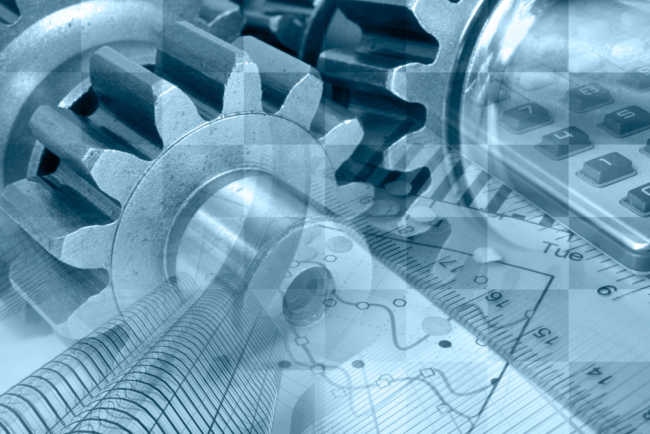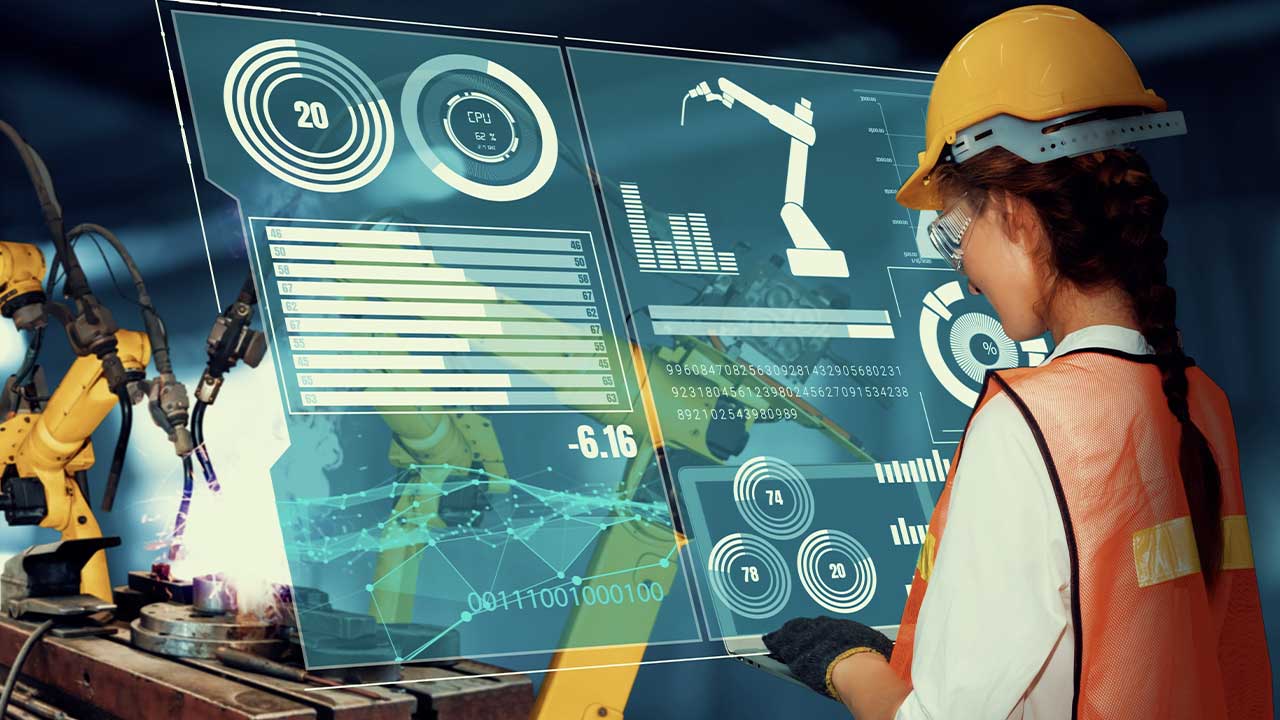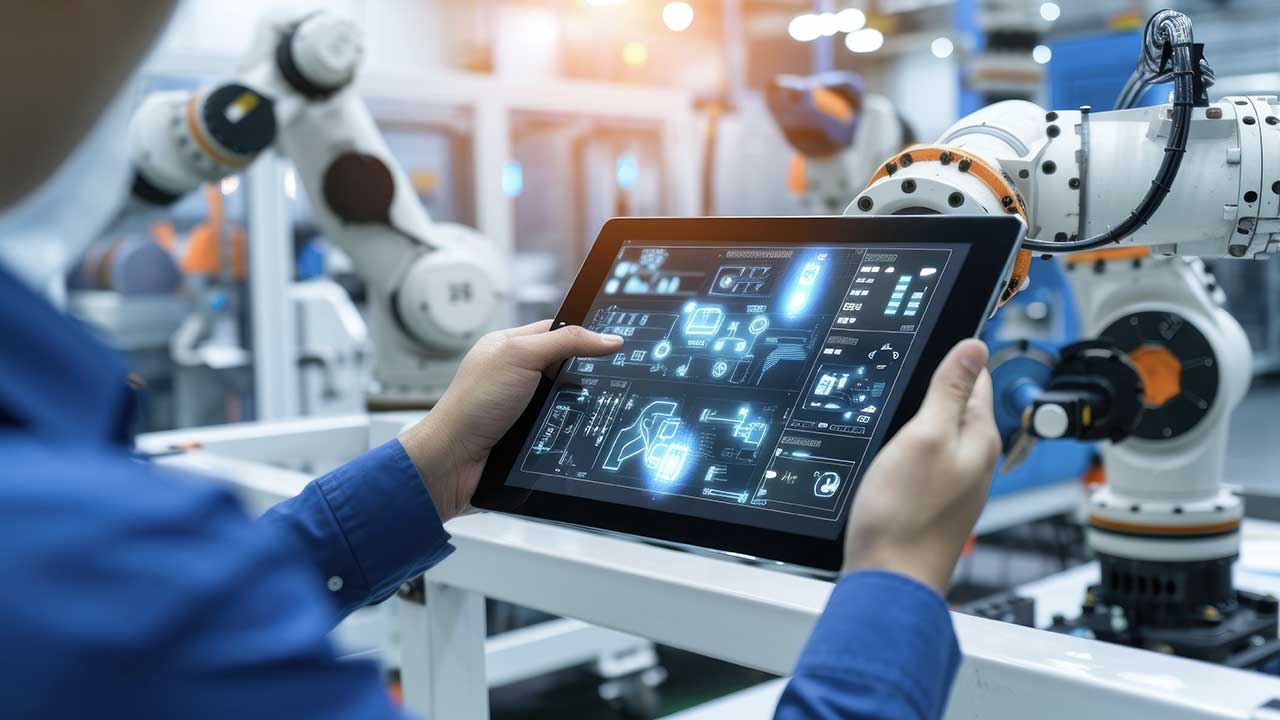Smart Sensors Increasingly Important in the Industrial IoT Age
While there is no single standard that could be applied to support a claim that a sensor is “smart,” Smart Sensors are typically characterized by on-board intelligence and the ability to communicate via a digital network. With the emergence of both the Internet of Things (IoT) and the Industrial IoT (IIoT), new smart IoT sensors and associated applications are emerging every day. Increasingly, these sensors are “smart”, a requirement for IoT sensors as well as for many industrial applications.
What is a smart sensor?
A smart sensor is a device that collects specific data from a physical environment by using wireless communication and programming. Then, these smart sensors pass the information via connected networks to a gateway.
Where can we find Industrial Smart Sensors?
Sensors are everywhere, both in industry and in our everyday lives. In industrial facilities, they measure process variables such as temperature, pressure, level, flow, pH, and turbidity; electrical variables such as voltage, current, and frequency; and mechanical variables such as rotation, number of cycles, position, direction of travel, static and dynamic pressures, proximity; environmental variables such as humidity, vibration, wind speed and direction; and so on.
In our everyday lives, sensors measure and/or indicate the temperatures inside and outside our homes, offices, or plants; street lighting levels and traffic flows; how fast we’re driving our cars and whether another car is in our blind spot; whether the car door is closed and if passengers have fastened their seatbelts; our physical location; the building floor that the elevator has reached; the temperatures inside our refrigerator and freezer, the price of a box of cereal or carton of milk; where our suitcases have wandered to in an airport; and so on.
The specific applications for sensors or measurement systems vary across industries. Both the chemical, oil, & gas and nuclear power generation industries need sensors to manage critical processes. The electric power industry also requires sensors to manage geographically large power transmission and distribution systems. In these types of critical infrastructures, standards have been developed to address communication, interoperability, reliability, calibration, security, and accuracy for smart sensors. Other industries have done so as well. Sensor standards vary widely across these and other industries like logistics, medical devices, pharmaceuticals, pulp & paper, food & beverage, agriculture, building energy management, smart cities, rail and traffic control, autonomous vehicles and drones, military, air traffic control, research, weather monitoring, shipping, and so on.
New Standards for Smart Sensors in IIoT
To help address calibration and other smart sensor requirements, IEEE has developed the IEEE 1451.4standard. This establishes a self-identifying sensor (including its sensor type, manufacturer, and serial number) based on a Transducer Electronic Data Sheet (TEDS) that is either embedded on a chip in the sensor or downloadable from the internet. Standards for smart sensors support multivendor interoperability for critical sensor metadata such as device status, data validity, and time stamping.
Smart Sensors in the Process Industries
In the process industries, sensors were employed before digital communications or even electricity were available. Consider the flyball governor on a steam engine. The purely mechanical sensor and actuator work in tandem to throttle a steam valve to effectively regulate engine speed.
Later, pneumatic sensors transmitted analog (3-15 psi) signals as pressures to pneumatic controllers, often incorporating circular chart recorders for data acquisition. These controllers, in turn, manipulated pneumatic control valves to close the control loop. (HVAC systems in most large buildings still employ similar pneumatic methods for zone control.)
Electronic analog controls adopted the 4-20 mA standard for communicating between sensors, controllers, and actuators. 4-20 mA signals are largely immune to electrical noise and with per-point wiring, communication is reliable and easy to troubleshoot. Analog signals, whether pneumatic or electronic, also resist hacking, as this would require physical access to wires or tubing and, at most, could only impact a single sensor reading. Electronic analog standards are still widely used today in DCS and PLC systems used for process control in many industries, as well as for numerous other industrial and commercial systems requiring control and/or monitoring. A surprisingly large number of older plants also still employ at least some pneumatic sensors and controls.
With the advent of digital technologies, industry developed appropriate standards for process control and digital, or “smart” sensor networks, both wired and wireless industrial sensors. These enabled a rich variety of device status, ID, diagnostic, time stamp, and other data to be communicated along with the digital measurement signal.
In addition to multiple proprietary, vendor-specific sensor or fieldbuses, standard digital field communications protocols included FOUNDATION fieldbus (now IEC 61158), Profibus, and HART. Due to the need to replace existing 4-20 mA field wiring with specialized (and costly to install) digital cabling, bandwidth constraints, and the general unfamiliarity with the technology, neither FOUNDATION fieldbus or Profibus achieved major traction in the process industries. HART, which can utilize existing 4-20 mA field wiring, remains the dominant standard for communications between smart sensors (typically temperature, pressure, level, or flow transmitters) and controllers across much of the process industries.
Smart Sensors in the Discrete Manufacturing Industries
To meet the specialized requirements of the discrete manufacturing industries, CANbus, DeviceNet, Sercos, EtherCAT, and other high speed, but less data-rich sensor networks and protocols emerged to support digital communications between smart sensors and PLCs, HMIs, data acquisition systems, and so on. Once again, these include both wired and wireless networks. Find more about the impact of iot in manufacturing industry.
Smart Sensors and IT/OT Convergence
Today, with the increasing convergence of operational technology (OT) and information technology (IT), Ethernet-based communications are inexorably migrating further down in the automation hierarchy. In some cases, right down to the smart sensors on the plant floor. Ethernet-based protocols offer the potential to eliminate the performance and bandwidth limitations of FOUNDATION fieldbus and Profibus. However, despite intentions to stay true to the IT world’s Ethernet standard, many different “flavors” of these Ethernet-based protocols tend to deviate somewhat from the original Ethernet (IEEE 802.3) specifications, hampering interoperability and creating confusion within the marketplace. Emerging standards such as OPC UA TSN (time-sensitive networking) could eventually provide a solution here in both the process and discrete manufacturing industries, particularly for non-safety-related or similar applications.
The Industrial IoT also offers the promise of utilizing previously stranded asset data from low-cost, internet-connected smart sensors mounted directly on equipment and machines in conjunction with advanced analytics software to detect, identify, and avoid performance degradation or asset failures. Ultimately, this could optimize industrial asset availability, utilization, and performance to improve return on assets and support operational excellence.
Trust is Critical
Sensors used for control and safety applications require trust. Trust that the sensor is accurate, calibrated, reliable, timely, and secure. As no sensors are perfect, in process plants it is not uncommon to install triple redundant sensors for critical measurements like boiler drum level, or reactor pressure with two-out-of-three voting. With reactor bed temperature, it is not uncommon to see 3 out of 5 voting for sensors used for trip signals and median signal selection for used control. Shutdown and control logic can use the metadata quality provided by the smart sensor or by the DCS or PLC I/O system to provide failsafe behavior. The network method, communications protocol, and standards to collect sensor data should be selected to ensure the sensor data can be trusted to be accurate, calibrated, reliable, timely, and secure.
While somewhat less critical, data validity is still important for IIoT-connected sensors serving asset management applications. The associated analytics applications require valid sensor data to identify asset degradation or failure before these can disrupt the production process.
Further reading: Tips for Powering the Trillion Sensor Industrial Internet of Things Dream
This article was written by RICK RYS and originally was published on ARC Advisory Group’s website.



